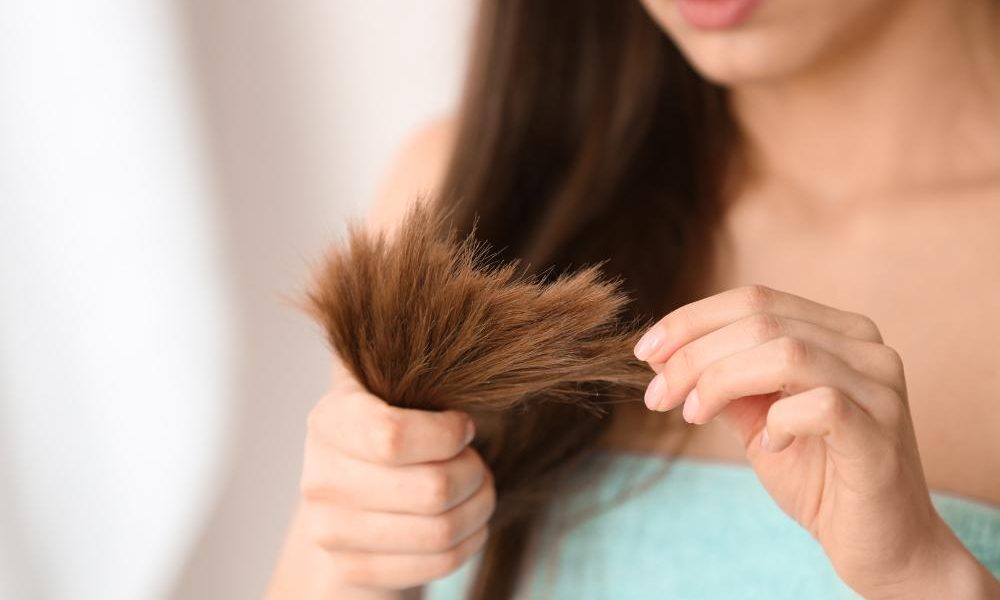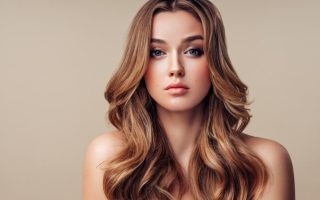Hair care is an essential part of our daily routines, and over the years, countless myths and misconceptions have surfaced. These myths can lead us to adopt practices that are not only ineffective but can also harm our hair. In this article, we’ll debunk some of the most common hair care myths with the help of experts and scientific studies. Let’s separate fact from fiction and discover the truth about caring for our hair.
Myth 1: Trimming Your Hair Makes It Grow Faster
One of the most persistent hair care myths is that trimming your hair frequently will make it grow faster. Dr. Dominic Burg, a dermatologist, clarifies, “One of the most common hair myths is that trimming your hair makes it grow faster. Hair growth occurs at the scalp, not the ends.” (Source: Medical News Today). While regular trims can prevent split ends and breakage, they don’t influence the rate at which your hair grows.
I used to believe that trimming my hair every few weeks would speed up its growth. After learning that growth happens at the scalp, I focused more on scalp care and less on frequent trims. The health of my hair improved, and I noticed fewer split ends.
Myth 2: Brushing Your Hair 100 Strokes a Day Makes It Healthier
Another age-old myth is that brushing your hair 100 strokes a day will make it shinier and healthier. Anabel Kingsley, Philip Kingsley Brand President and Consultant Trichologist, debunks this myth: “Contrary to popular belief, brushing your hair 100 strokes a day doesn’t make it healthier. Over-brushing can actually damage your hair and lead to breakage.” (Source: Philip Kingsley). Over-brushing can strip your hair of natural oils, causing it to become dry and brittle.
Growing up, I would religiously brush my hair, counting each stroke to reach 100. Eventually, I realized this was causing more harm than good. Now, I brush my hair gently and only as needed to detangle it, resulting in healthier, less damaged hair.
Myth 3: Dandruff Is Caused by a Dry Scalp
Many people believe that dandruff is a result of a dry scalp. However, Dr. Sharon Wong, a dermatologist, explains, “The myth that dandruff is caused by a dry scalp is simply not true. Dandruff is actually caused by an overgrowth of yeast on the scalp.” (Source: Sharon Wong Dermatology). Dandruff is often linked to seborrheic dermatitis, which is characterized by oily, irritated skin.
I used to suffer from dandruff and assumed it was due to my dry scalp. After learning the real cause, I switched to an anti-dandruff shampoo with active ingredients like zinc pyrithione. My dandruff significantly improved, and my scalp felt much healthier.
Myth 4: Plucking One Gray Hair Causes Two More to Grow
The idea that plucking a gray hair will cause two more to grow in its place is a common myth. Kerry Yates, a trichologist and founder of Colour Collective, states, “Plucking one gray hair won’t cause two more to grow in its place. Gray hair is caused by a decrease in melanin production, and plucking it won’t affect the surrounding hairs.” (Source: Colour Collective). Plucking gray hairs can damage the hair follicle and potentially lead to hair loss, but it won’t multiply the gray hairs.
When I first noticed gray hairs, I would pluck them out, fearing they would multiply. After understanding the science behind gray hair, I stopped this damaging habit and began embracing my natural hair color.
Myth 5: You Should Switch Your Shampoo and Conditioner Regularly
It’s commonly believed that you should change your shampoo and conditioner every few months to prevent buildup and ineffectiveness. Guy Parsons, a hair and scalp expert, explains, “The idea that you should switch your shampoo and conditioner every few months to prevent buildup is a myth. If your products are working well for your hair, there’s no need to change them.” (Source: My Hair Doctor). Consistency with the right products can be more beneficial than frequently changing them.
I used to change my hair products frequently, thinking my hair would get “used to” them. Once I found a set of products that suited my hair type and stuck with them, my hair health improved dramatically.
Myth 6: Air-Drying Is Always Better Than Blow-Drying
While excessive heat styling can damage hair, the notion that air-drying is always better is not entirely accurate. Michelle Blaisure, a trichologist at BosleyMD, explains, “While it’s true that heat styling can damage your hair, the belief that air-drying is always better is a misconception. If you have curly or wavy hair, air-drying can lead to frizz and tangles. It’s important to find a drying method that works for your hair type.” (Source: BosleyMD).
I have wavy hair and always preferred air-drying to avoid heat damage. However, I often ended up with frizzy, tangled hair. After learning about the benefits of controlled blow-drying with a diffuser and heat protectant, my hair became smoother and more manageable.
Myth 7: Frequent Shampooing Is Bad for Your Hair
There is a widespread belief that frequent shampooing strips the hair of its natural oils, leading to dryness and damage. However, a study published in the International Journal of Trichology challenges this myth. The study found that daily washing can be beneficial for some hair types, particularly those with oily scalps or fine hair. The key is to use a gentle, sulfate-free shampoo that doesn’t strip the hair of its natural moisture.
I used to wash my hair only twice a week, thinking it would keep it healthier. However, my scalp would get oily and itchy in between washes. After switching to a gentle daily shampoo, my scalp felt cleaner and my hair looked fresher.
Myth 8: Scalp Massages Don’t Promote Hair Growth
Many people dismiss the benefits of scalp massages, thinking they have no real effect on hair growth. However, a study published in Eplasty found that scalp massages can increase hair thickness and promote hair growth by improving blood circulation to the hair follicles.
Incorporating scalp massages into my hair care routine felt luxurious and relaxing. Over time, I noticed my hair becoming thicker and stronger, reinforcing the importance of this often-overlooked practice.
Myth 9: Hair Serums Are Ineffective
Hair serums often get a bad rap, with some people believing they don’t really work. However, a study published in the International Journal of Trichology evaluated the effectiveness of a hair serum containing caffeine on hair growth and thickness. The study found that the serum increased hair shaft diameter and improved hair quality in subjects with fine hair, proving that hair serums can indeed be effective.
I was skeptical about hair serums until I tried one with caffeine and keratin. The results were impressive—my hair felt thicker, smoother, and more resilient. It became a staple in my hair care routine.
Myth 10: Ditching Heat Styling Tools Is the Only Way to Prevent Damage
While limiting the use of heat styling tools can reduce damage, it’s not the only way to maintain healthy hair. Using heat protectant products and setting your tools to lower temperatures can also help protect your hair. Dr. Susan Bard, a dermatologist, advises, “Protect your hair from the sun. UV rays can damage your hair and lead to dryness, breakage, and fading. Wear a hat or scarf when you’re out in the sun for extended periods, and use a UV protectant spray.” (Source: Vive Dermatology).
I used to avoid all heat styling tools, which limited my styling options. Learning to use heat protectants and adjusting the temperature of my tools allowed me to style my hair without compromising its health.
Conclusion: Embrace the Truth for Healthier Hair
Understanding and debunking common hair care myths can transform your hair care routine and improve the health of your locks. By focusing on scientifically-backed practices and expert advice, you can achieve and maintain gorgeous, healthy hair.
As Jen Atkin reminds us, “Hair rehab is a journey, not a destination. It takes time, patience, and a whole lot of TLC.” (Source: Ouai Haircare). Embrace the journey, stay informed, and enjoy the process of discovering what works best for your unique hair type.




